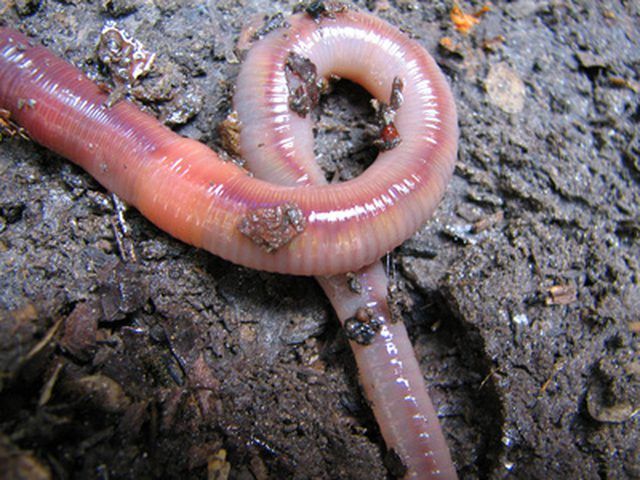Bulbs
Flower Basics
Flower Beds & Specialty Gardens
Flower Garden
Garden Furniture
Garden Gnomes
Garden Seeds
Garden Sheds
Garden Statues
Garden Tools & Supplies
Gardening Basics
Green & Organic
Groundcovers & Vines
Growing Annuals
Growing Basil
Growing Beans
Growing Berries
Growing Blueberries
Growing Cactus
Growing Corn
Growing Cotton
Growing Edibles
Growing Flowers
Growing Garlic
Growing Grapes
Growing Grass
Growing Herbs
Growing Jasmine
Growing Mint
Growing Mushrooms
Orchids
Growing Peanuts
Growing Perennials
Growing Plants
Growing Rosemary
Growing Roses
Growing Strawberries
Growing Sunflowers
Growing Thyme
Growing Tomatoes
Growing Tulips
Growing Vegetables
Herb Basics
Herb Garden
Indoor Growing
Landscaping Basics
Landscaping Patios
Landscaping Plants
Landscaping Shrubs
Landscaping Trees
Landscaping Walks & Pathways
Lawn Basics
Lawn Maintenance
Lawn Mowers
Lawn Ornaments
Lawn Planting
Lawn Tools
Outdoor Growing
Overall Landscape Planning
Pests, Weeds & Problems
Plant Basics
Rock Garden
Rose Garden
Shrubs
Soil
Specialty Gardens
Trees
Vegetable Garden
Yard Maintenance
Body Structure of an Earthworm
Body Structure of an Earthworm. The common earthworm plays a critical role in our planet's ecosystem by decomposing organic material into nutrient-rich soil. Its simple and efficient anatomy gives the earthworm several advantages in its natural environment, but its specific needs also restrict the earthworm's range and make it a delicate creature...

The common earthworm plays a critical role in our planet's ecosystem by decomposing organic material into nutrient-rich soil. Its simple and efficient anatomy gives the earthworm several advantages in its natural environment, but its specific needs also restrict the earthworm's range and make it a delicate creature outside its primary underground habitat.
Segments
The most visually obvious detail of an earthworm, and one of its most unique features is a segmented body. Each worm has more than 100 individual segments filled with muscular tissue that flex individually. These muscles provide the worm's primary locomotion, as portions of the worm expand to reach forward and contract to pull the rest of the worm's body along.
Setae
Covering each segment of the worm's skin is a less obvious but still critical feature; thousands of tiny hairs called setae. Though slimy to the touch, these bristly hairs work to anchor the worm to the ground, and in combination with the segmented muscles allow the worm to grasp one area of soil while reaching for another.
Respiration
Earthworms have no lungs, but require oxygen to survive. They gather the air they need through diffusion; their porous skin allows oxygen and carbon dioxide to pass directly into their bodies. An earthworm must maintain moist skin for successful diffusion, which restricts their surface activities to wet weather or night, outside of direct sunlight.
Digestion
The central digestive tube of an earthworm provides their only familiar features, including a mouth, intestinal tract and esophagus. Earthworms have no stomach, relying instead on a gizzard and the aid of stones to completely break down their food.
Gender
As hermaphrodites, earthworms have both male and female reproductive organs. These organs rest in the ringed band toward the earthworm's tail end, visible as an area of larger diameter than the rest of the body. After mating, earthworms leave behind small, egg-like cocoons from which their young eventually hatch.